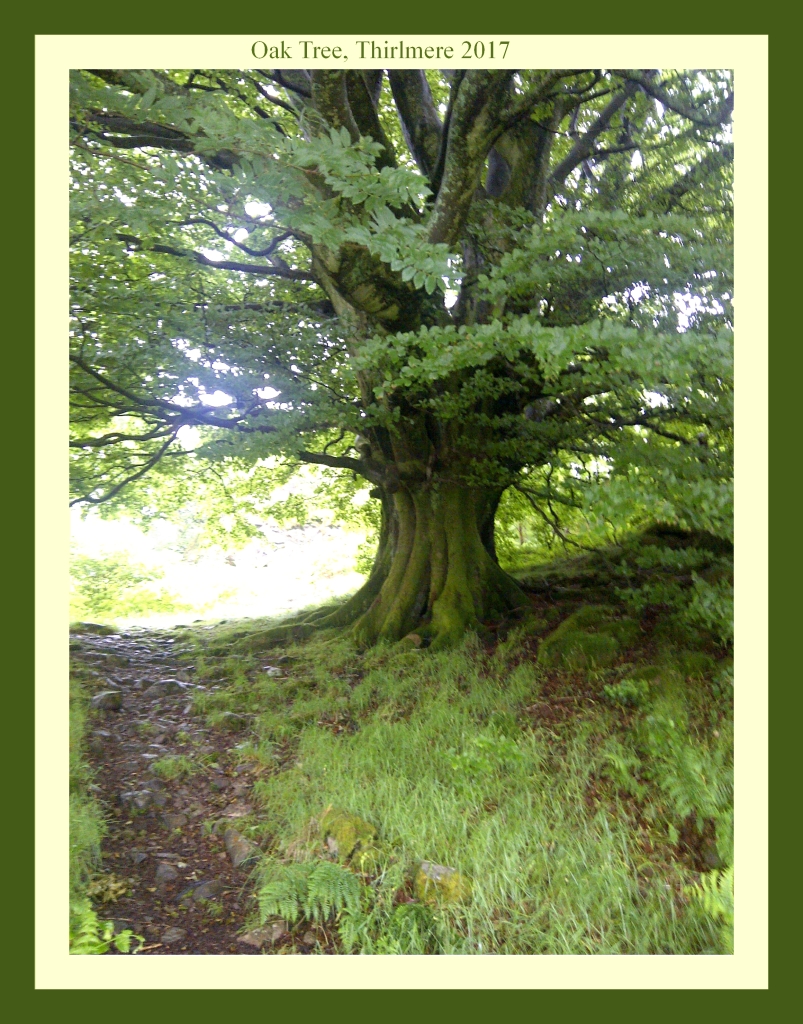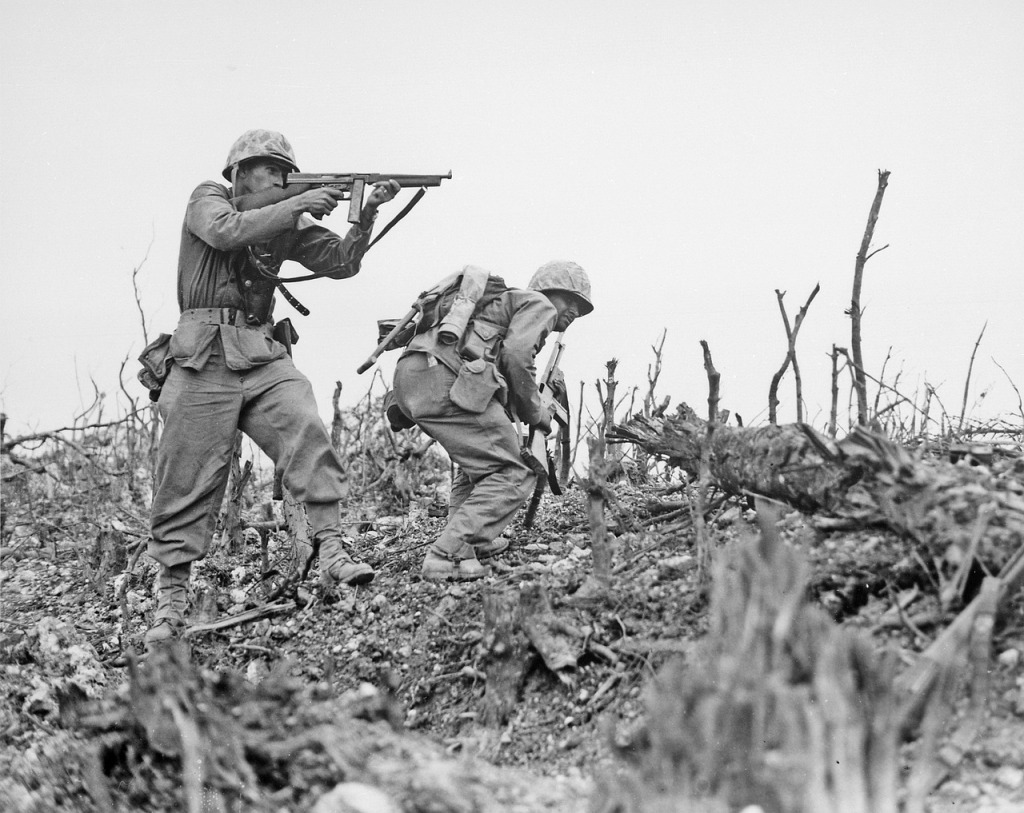Thank you to Sally on Smorgasbord Magazine.
What we can learn from Goldilocks?
I just read this post. I’d never considered this as the theme of the story.
Review of Ghost of a Chance by Jaye Marie

OVERVIEW.
A gripping story. I read it in one day of continuous reading.
STORY
This is the 4th book in the DI Snow series. I haven’t read the others yet, but it is perfectly readable as a standalone novel.
DI David Snow was seriously injured in a previous encounter and has been officially retired from the police. He is wrestling with the breakdown of his marriage at the same time.
He goes to the police station to try to convince them that he is still able to do his job. While there, he sees a young woman bringing in an elderly woman in great distress. He goes to help. No one knows who the elderly woman is, and she has amnesia. The girl had found her in a state of stress and wants to help.
DI Snow decides to help find out who the woman is, and why she is upset. This leads him into an investigation involving murder and ghostly happenings.
BLURB
A damaged detective, out of a job
A relationship on the rocks
What does the future hold for David Snow?
Just when he thought life couldn’t get any worse
A ghost with a grudge adds to his pain
A ghost hell bent on stopping him from rebuilding his life…
CHARACTERS
All the characters in this novel are believable. They all have problems and faults as well as their good points..
David Snow is wrestling with depression after losing his wife and his job. He finds some relief in investigating the mystery woman.
David’s wife, Jane, has had a string of affairs after the breakup. Not all were satisfactory, especially one. She regrets this, but cannot find the strength to stop.
Laurie, the girl who brought the old woman to the police station, has her own problems. After a difficult childhood and adolescence, she finds it difficult to settle to anything. She has enrolled at University, and is determined to graduate, but finds the commitment difficult, as well as commitment to another human being.
Alan Turner is a person who was jealous of David Snow’s success. He is a thoroughly nasty person who plots Snow’s downfall, wanting his job. He has few positive traits. I disliked him all the way through. (Which I suspect I was intended to.)
WRITING.
Jaye Marie has created an exciting and enthralling story. The writing is good and there are very few typos.
She manages to build up the tension well, creating an unputdownable book.
The story is told mainly in third person past tense, but David Snow’s chapters are in first person. This, I think, brings us closer to him and his problems. I like the idea.
I give it 5*
My ranking of books. In order to get a particular number of stars, it is not necessary to meet all the criteria. This is a guide only.
5* Exceptional. Wonderful story. Setting well drawn, and characters believable–not perfect, but with flaws. Will keep you up all night. No typos or grammatical errors.
4* A thoroughly enjoyable read. Great and original story. Believable setting and characters. Very few grammatical errors or typos.
3* I enjoyed it. Good story. Characters need some development. Some typos or grammatical errors.
2* Not for me. Story not very strong. Unbelievable and flat characters. Setting not clearly defined. Many typos or grammatical errors.
1* I hated it. Story almost non-existent. Setting poor. Possibly couldn’t finish it.
What’s Wrong with Education?

Last week there was an item on the radio about education. It stated that in a survey, 20% of teachers had been hit by a pupil. This is shocking.
Many teachers had been sworn at or even spat at by pupils, too, and also threatened by parents. So what is going on.
Firstly, I think that parents don’t take enough responsibility for their children. I see kids running around in supermarkets, chasing each other up and down the aisles while the parents take no notice. I hear parents swearing at their children, too, so it’s no wonder they don’t see it’s wrong to swear at their teachers.
Admittedly, there are some teachers who antagonise the children, deliberately or otherwise, and those who ‘demand’ respect but don’t realise that that is something that has to be earned.
But I think the biggest problem is the way we teach our children.
We assume that a ‘one size fits all’ education is the ideal. This has children sitting at desks (and I’m talking secondary here, as I know that primary doesn’t do this all the time), with the teacher teaching in an academic way.
The subjects, too are mainly academic, and everyone has to take the GCSE exam. Now, the Government, in its wisdom, has decreed that all youngsters have to be in some form of education until the age of 18.
Now this is regardless of aptitude, ability or interest. Everyone has to follow the National Curriculum. Everyone has to study the same things.
The 1944 Education Act stated that all children must attend school until they were 15. There were three kinds of school set up.
1 Grammar Schools. These were for those pupils who could benefit from an academic education. They were formal, and run much like all schools today. In order to get a place at a grammar school, pupils took an examination in 3 subjects that were called, in my day, English, Arithmetic and Non-verbal Reasoning (or intelligence!). Parents had to sign that they would keep the child in school until aged 16, and they did ‘O’ level exams.
2. Technical Schools. These schools taught in a more hands on way. Subjects such as Woodwork, Metalwork, Bricklaying, Printing, and other engineering courses etc were taught, and typing and shorthand, too. I don’t know what exams the pupils at these schools did, though. But I’m sure they must have done some.
3. Secondary Modern for the rest. No exams were expected of these pupils, although when I taught in Salford in the late 1960s, the council had produced their own exam for these pupils called the Salford Certificate. But the way of teaching them was the same as in Grammar schools. I taught English and the set books for the course were The Importance of Being Ernest by Oscar Wilde, Shane by Jack Schaefer, or a book about a boy living in an African village. Nothing they could relate to at all.
I understand why this was done. It was considered unfair to label children at age 11, but we now have so many kids disillusioned, bored and hating their education.
I really think that the way we teach our children should be seriously looked at. I know from experience of teaching a wide range of ages and abilities that you cannot have the same way of teaching, nor the same curriculum for every pupil.
Thank you for reading my rant. I have no idea how to cure it, but I think that this is one of the main problems. If pupils were engaged in their education, they wouldn’t be attacking teachers, disrupting lessons and bunking off.
Ancient Greek Internet?
A Fun Romp.
My copyediting and proofreading certificate
I am delighted to have just received the certificate for the course I did on Copyediting and Proofreading. Here is a copy.
And I passed with Distinction, it says.

I feel quite chuffed about this.
Trees
I love trees, the older and gnarlier (I have a squiggly red line saying this isn’t a word. Well it is now!) the better. Here are some pictures of trees I’ve come across.






This was an oak tree behind our house in December, as you can see by the date. It was still green!

I had some other photos of trees that I wanted to add, but can’t find them. Still, these are all lovely.
What do you think about trees? They are important, but also beautiful, but too many can be a nuisance and block the sun. There is a poplar behind out garden that cuts the summer sun to our garden. Every few years, the council pollards it, and what a difference it makes to us and our plants!
Slack Use of Language
First of all, apologies for no post last week, but I had visitors and didn’t manage to find the time.
I have noticed a decline in the use of the English language for a while now. It is especially concerning in people who should have an excellent knowledge of the language. People such as Radio and TV correspondents, journalists and well-educated experts.
On Sunday there was a news item on Radio 4 about another eruption of the Icelandic volcano that’s currently active. I was on my way out of the kitchen when I heard the ‘expert’ say a word that made me turn back and ask, “Did she just say ‘vigourent’?”
My nephew, who was staying with us, said, “Yes, she did.”
Vigourent!
From an ‘expert’.
I looked it up, thinking it might be a word I don’t know, but it doesn’t appear to be.
This morning, on Sky’s scrolling news, it said, “The Princess of Wales has been seen in public for the first time after her operation at a Windsor farm shop.”
It would have been slightly better with a comma after ‘operation’, I think, but not much.
What’s wrong with, “The Princess of Wales has been seen at a Windsor farm shop for the first time since her operation”?
Syntax has gone. The latter happens all the time. Ambiguous statements.
As to making up words–yes, I know Shakespeare did it–it confuses the issue. When The Bard made up a word, it was obvious what he meant from the context. And he was William Shakespeare! An expert in the use of words.
Finally, there’s a confusion amongst some people as to when to use the past participle. (This is often amongst sports reporters). I hear , ” He has went,” or “She has ran,” and other similar things all the time.
Grrr!
How do you feel about the slack use of language? Let us know in the comments box.
Thank you for reading.
Is violence an essential part of life.
I was musing on all the wars and skirmishes in the world at the moment. We all know about Ukraine and Gaza, and the fallout from those conflicts. We now have Finland wanting nuclear weapons!

Image by Welcome to All ! ツ from Pixabay
There is also a civil war going on in Sudan, Turkey is fighting the PKK, China is threatening Taiwan, North Korea is building rockets that can carry nuclear warheads, border conflicts between Venezuela and Columbia, as well as between Armenia and Azerbaijan. Other conflicts in Africa. Military coups. In Haiti, gangs, or a gang, vowing to remove the government with violence.
That’s just a few. Then there is violence that doesn’t come from governments. Criminal gangs, football hooligans, fights outside pubs, schoolyard fights, fights with police at demonstrations, etc. Sometimes even in a sports match, it breaks down into fighting. And, of course, people love to watch a boxing or wrestling match.
In the past, people (men) fought duels over perceived wrongs.
Then of course, there’s domestic violence.
Everywhere there seems to be people willing to hit first.
When I’ve heard interviews with football hooligans, they claim to enjoy a ‘good fight’. I’m sure some soldiers enjoy shooting the enemy.
I looked at the animal kingdom. Violence abounds. There is a saying about ‘nature red in tooth and claw’. What do the animals fight about? Mainly food, mates and territory. And dominance, too, of course, but the dominant animal gets the food, mates and controls more territory. Controlling more territory gives him (usually him) access to more food.

Image by Chris Stenger from Pixabay
Even fish fight. Ever heard of Siamese Fighting Fish?

Image by Natthapat Aphichayananthanakul from Pixabay
I don’t think protozoa fight, but mammals, birds, crustaceans, fish and insects certainly do. Here is a picture of some stag beetles fighting.

Image by Emilian Robert Vicol from Pixabay
Even some plants ‘fight’ by producing chemicals that inhibit the growth of others close by. Dandelions, for example.
Fighting is competition in the extreme, but we don’t balk at seeing red deer fighting for dominance, or capercaillies fighting for the attention of the females.
We accept seagulls squabbling over a packet of chips, and that we must not put two male hamsters in the same cage.

Image by Ruth Archer from Pixabay
Now, we humans like to think we are ‘above’ the animals, but are we? Russia and Ukraine, China and Taiwan, the Falklands War are over territory.
The civil wars everywhere are over power, or, if you like, dominance.
Not so much fighting over food that I can see, though.
But men and boys still seem to think that they can fight over women and girls.
So is there any hope?
I think there maybe, but only if people can use the brains they have to think logically, and not with their instincts.
Fingers crossed.
What do you think about this? Are you optimistic about human ability to dispense with violence? And what happens if we can’t?
